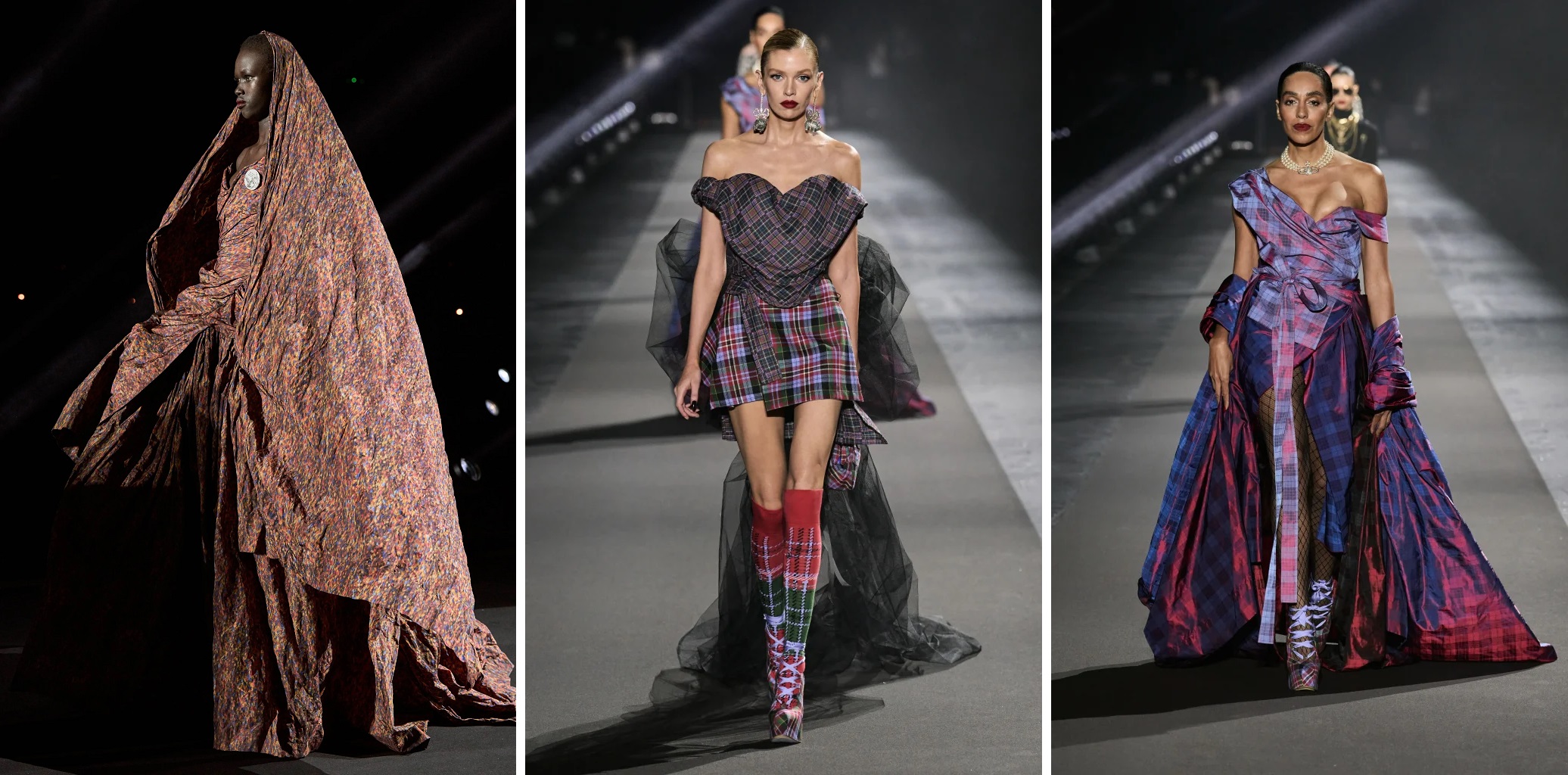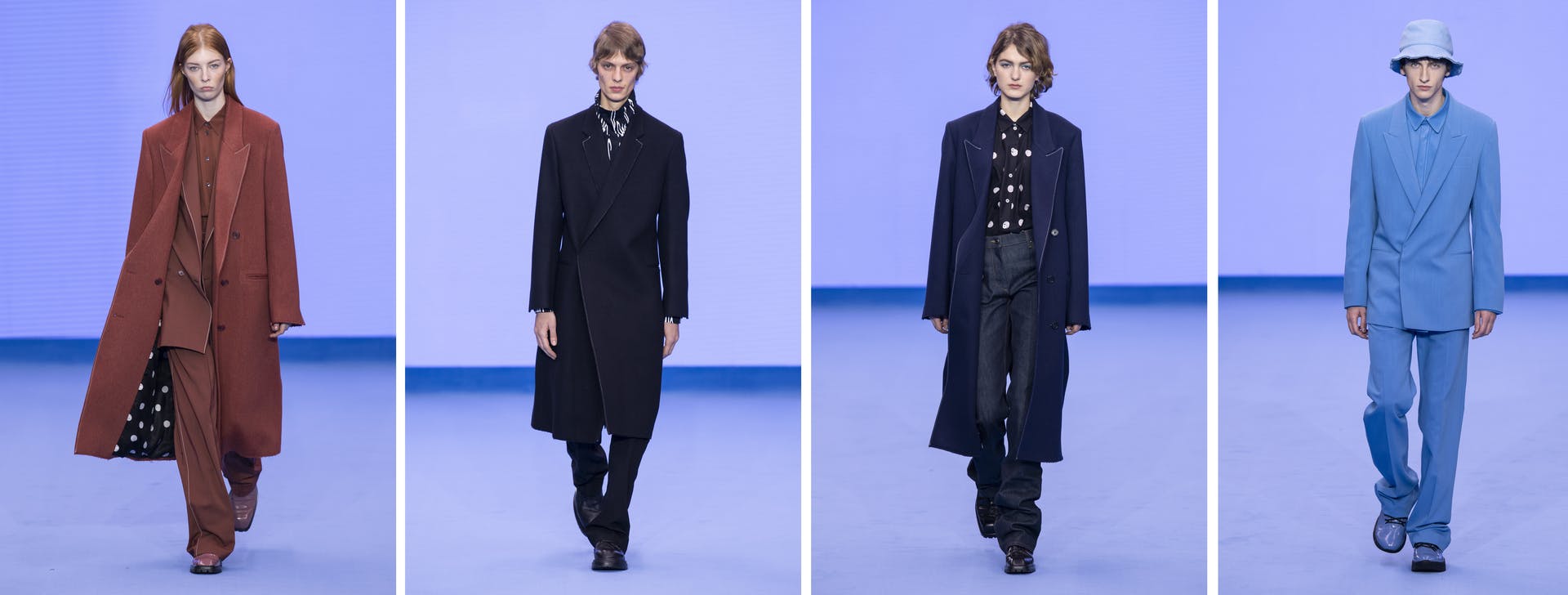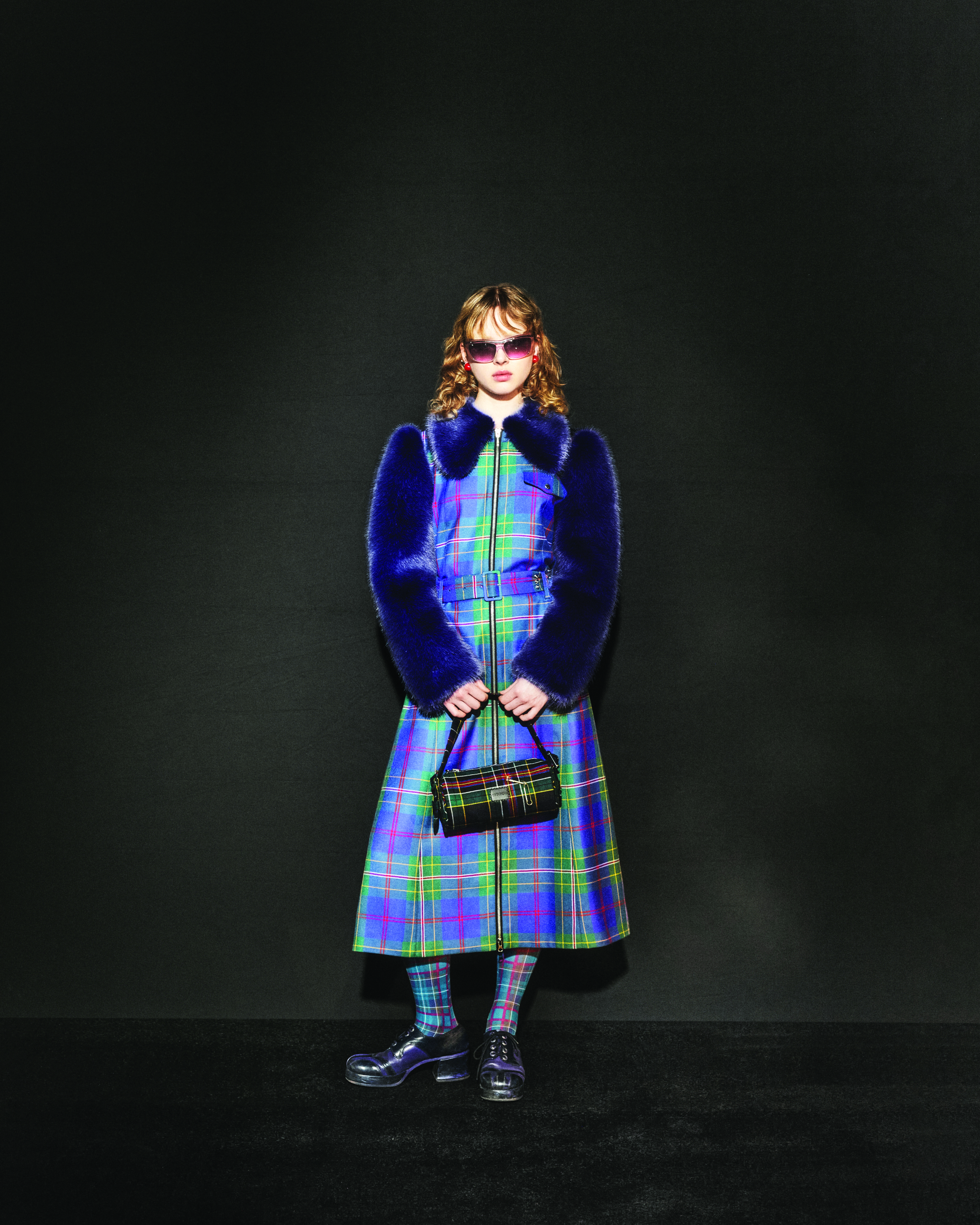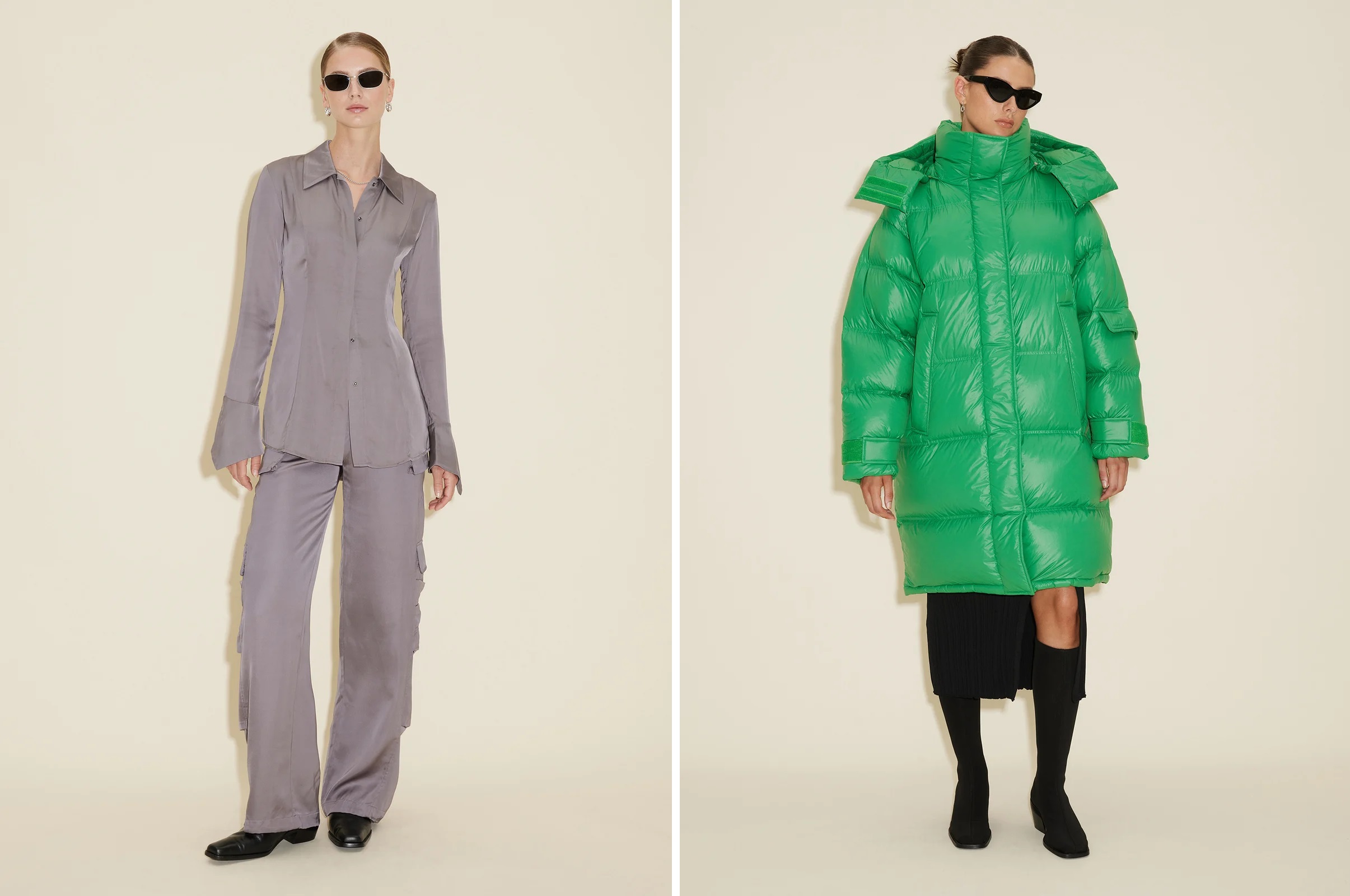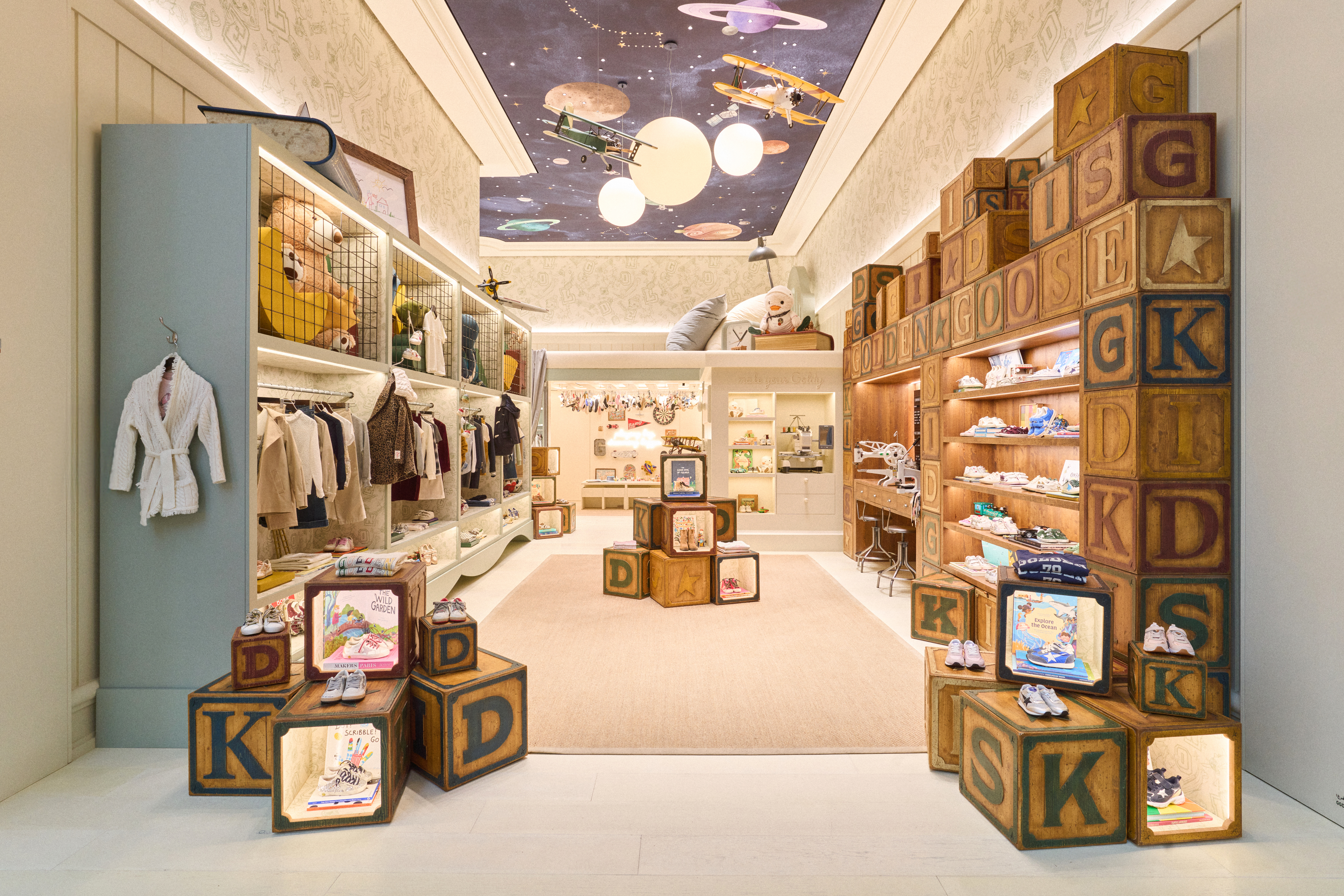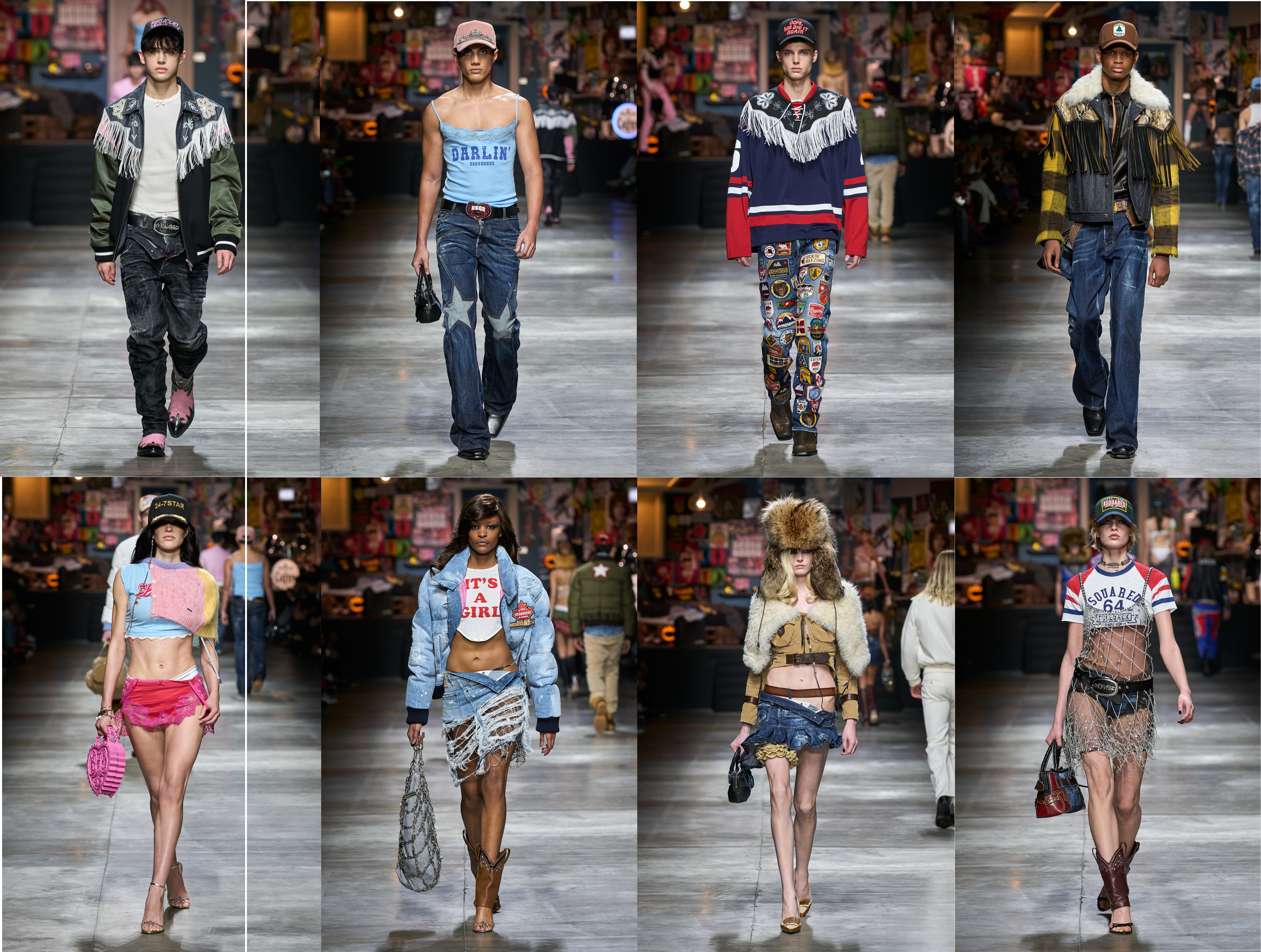Exhibition: ZINEB SEDIRA A Brief Moment
Born in Paris, Zineb Sedira lives in London. Her work focuses on social and political evolutions in modern societies and issues of displacement and memory in contemporary history. Highlighting her specific interest in archives and in the collecting, recording and transmission of histories, her work has frequently been identified with post-colonial issues and in particular with her family history.
A Brief Moment brings together works dating from 1998 to the present day. Incorporating film, video, installation and photography, they embrace a wide range of subjects, from the utopian era of the 1960s to contemporary mobility and the current repercussions of geopolitical and industrial changes that occurred during the 20th century: the intense development of the car industry (The End of the Road, 2010); global transport linked to the exploitation of primary and secondary resources by First World countries as a direct consequence of imperialism (Lighthouse in the Sea of Time, 2010; Broken Lens, 2011; Transmettre en abyme, 2012); and the history and independence of Algeria (Standing Here Wondering Which Way to Go, 2019; Laughter in Hell, 2018).
Zineb Sedira’s highly descriptive works often feature the artist herself, forming narratives that reveal collective memory while testifying to her political engagement as an artist. Created specifically for this exhibition, Standing Here Wondering Which Way to Go (2019) was inspired by the 1969 Pan-African Festival of Algiers and refers to the revolutionary movements of the 1960s and 1970s.

Lighthouse in the Sea of Time, 2011
Video installation in three parts
Zineb Sedira’s concern with identity, population displacement and the sea is specifically linked to her family history: her parents emigrated from Algeria to France in the early 1960s and the artist herself emigrated from France to London in 1986. In the first part of the installation, multiple shots of two Algerian lighthouses – Cape Sigli (1905) and Cape Caxine (1938) – show the architecture and the environments of these remarkable colonial “monuments”. This work evokes the geography of the southern Mediterranean coastline and the strong geopolitical link between Algeria and France. The Life of a Lighthouse Keeper shows an interview with the lighthouse keeper at Cape Sigli, in which he talks about his apprenticeship, his everyday life and the history of the place. In La Montée..., the artist explores the Cape Caxine lighthouse and discovers its history in a museum at the entrance. The logbook and the visitor’s book of the Cape Sigli lighthouse both reveal traces of the changes that occurred during the colonial era and after independence.
Standing Here Wondering Which Way to Go, 2019
This installation in four scenes, created specifically for this exhibition, takes its title from a song by Marion Williams, an African-American gospel singer. It is a reflection on the utopian era of the 1960s, and in particular Algeria’s role in the liberation movements of African and South American countries following its independence in 1962. The artist’s exploration of the film archives in Algiers, where she discovered numerous militant films of the 1960s, was a primary source of inspiration, as was the collective film by William Klein on the first Pan-African Festival of Algiers (1969). The artist uses archival documents, found footage and objects to portray and share her personal affinity with the liberation movements of the 1960s.

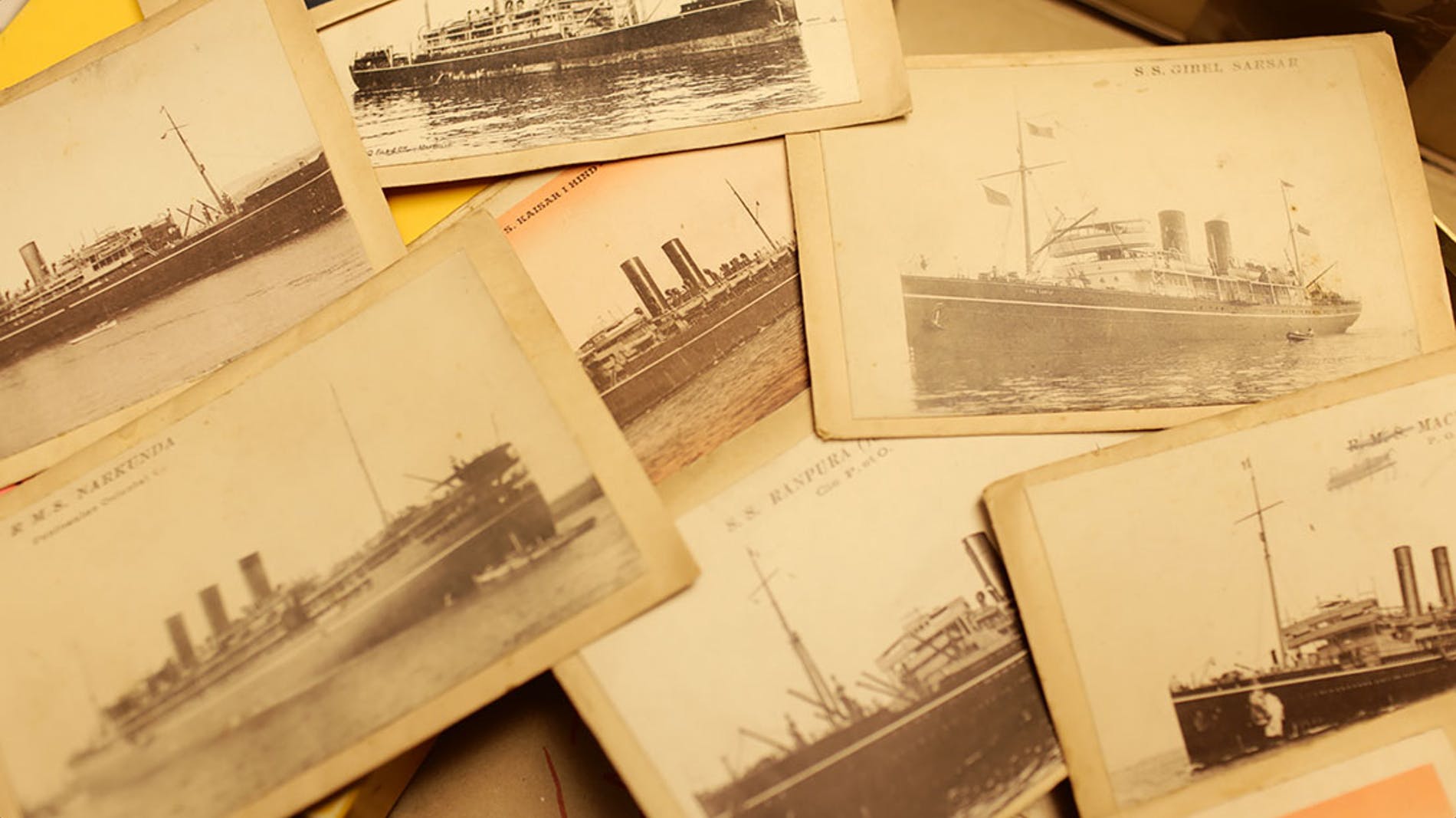
The End of the Road, 2010
This video installation shows a scrapyard where cars are demolished and recycled. The compression of cars, the shattering of windows and the piles of spare parts are some of the mechanised actions that take place while the artist’s voiceover describes “the universe of circulation” and the “sense of disorder” that these abandoned vehicles portray. Her insistence on this “symbolic devastation” and on the necessary use of oil for most forms of transport reveals her critical stance with regard to “the social, cultural and economic implications” of the car industry.
related posts
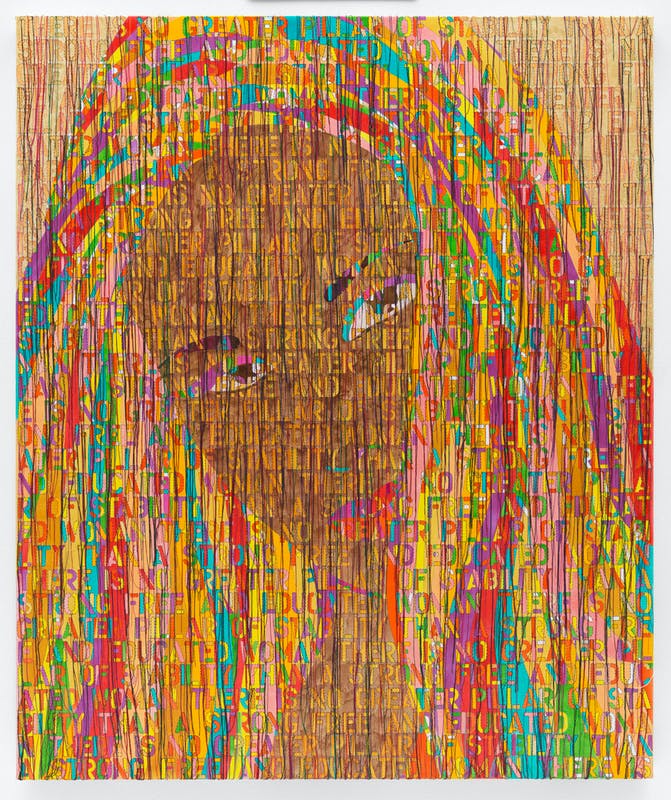
Art & Culture
MATTERS OF MATERIAL: Supporting Art with a Conscience

.jpg)

